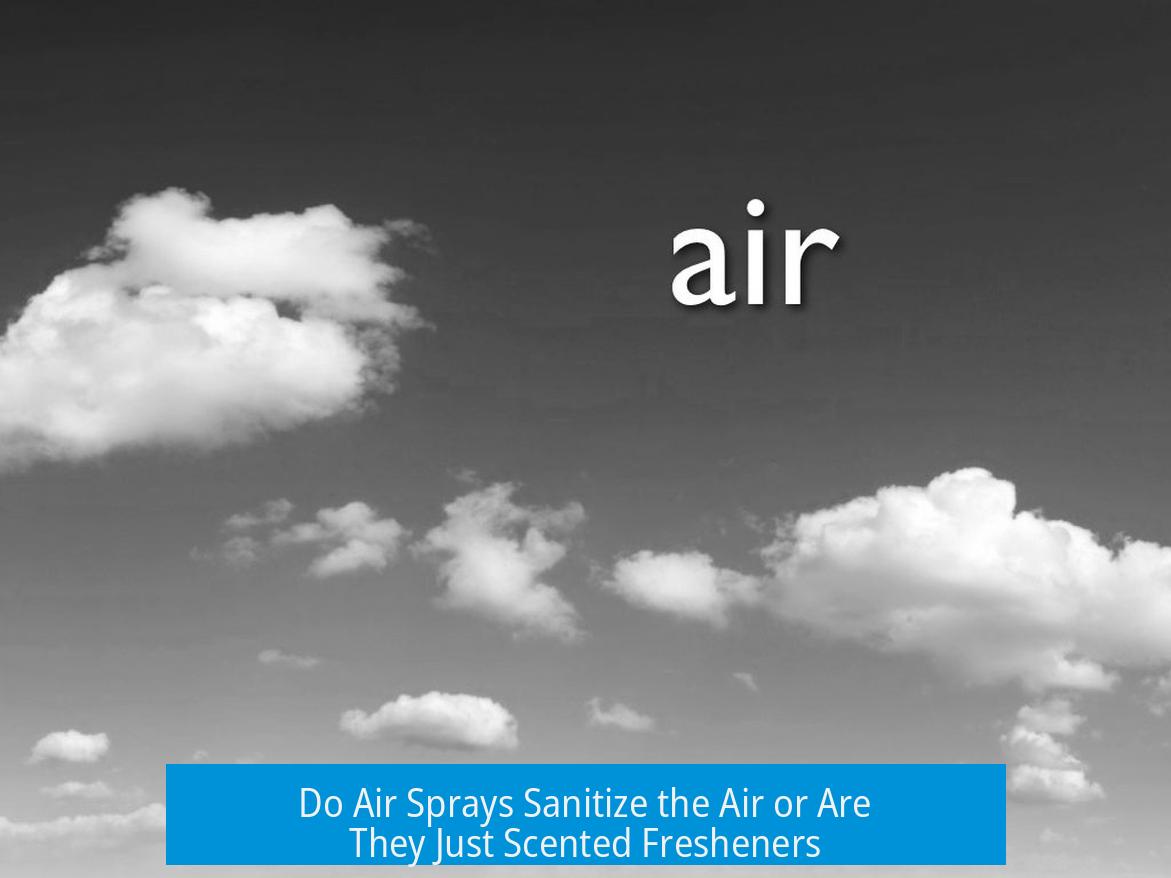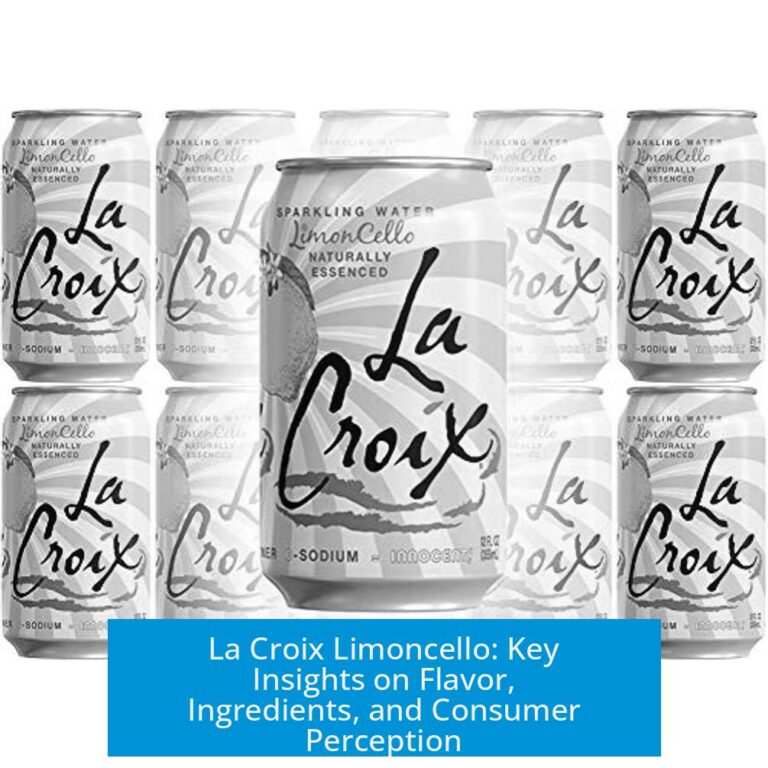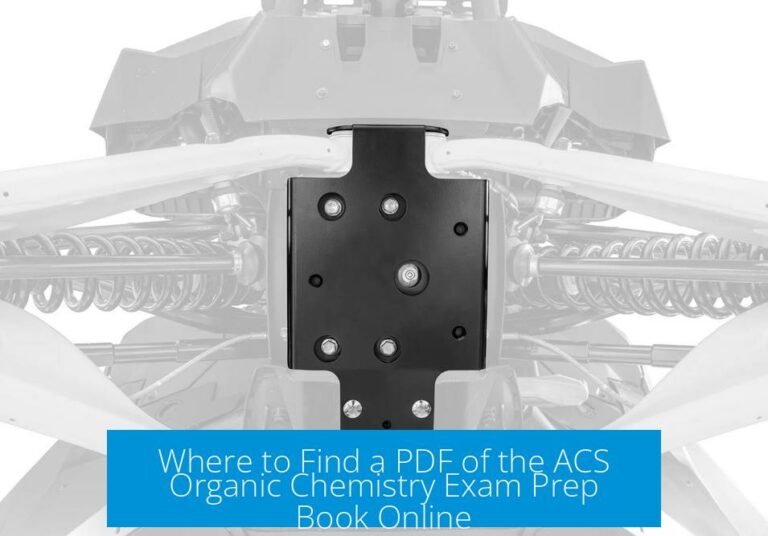Do Chemicals in Air Sprays Actually Sanitize the Air or Are They Just Air Fresheners?
The chemicals in these sprays, such as triethylene glycol and propylene glycol, provide mild antimicrobial effects but do not truly sanitize the air; they primarily function as air fresheners or odor control agents rather than effective sanitizers.
Understanding Air Sanitization versus Air Freshening
Sanitizing air means significantly reducing or eliminating harmful microbes like bacteria and viruses. To meet formal sanitation standards, substances must achieve a defined level of microbial kill. Air fresheners target odor molecules or mask smells without necessarily affecting microbial populations.
Most sprays marketed as “air sanitizers” fall somewhere between these concepts. They may reduce some airborne pathogens but do not meet the strict criteria for total sanitation. Instead, their main function is to control odors and create a more pleasant environment.
Chemical Components and Their Effects
| Chemical | Concentration in Spray | Antimicrobial Activity | Safety Profile |
|---|---|---|---|
| Triethylene Glycol | ~4.6% | Mild disinfectant; reduces some viruses and bacteria | Generally safe at low concentrations |
| Propylene Glycol | ~4.2% | Shows virucidal activity when vaporized; less effective in sprays | Recognized as safe and biodegradable |
| Other Ingredients | ~91.2% | Mostly fragrance and solvents; limited antimicrobial action | Varies by formulation |
Triethylene glycol is identified as the main mild antimicrobial agent. It can reduce viral and bacterial loads on surfaces and in air but does not achieve full sanitization. Propylene glycol vapor shows promising virucidal effects in controlled studies, notably reducing airborne viruses like influenza A and SARS-CoV-2. However, typical spray concentrations may be insufficient for significant real-world disinfection.
Trade-offs Between Effectiveness and Safety
Stronger disinfectants, such as bleach or alcohol-based products, effectively sanitize but often pose health risks when dispersed in air. The mild chemicals in these sprays strike a balance, offering some reduction of microbes without harming humans. Their selection focuses on safety rather than maximum microbial kill.
Hence, while these ingredients may decrease airborne pathogens to a degree, they are not powerful enough to sanitize rooms completely.
Intended Purpose of Air Sanitizing Sprays
- Primarily to mask or neutralize odors rather than kill microbes.
- May facilitate aggregation of airborne particles, causing them to settle faster onto surfaces, reducing perceived air contamination.
- Enhance indoor air quality by improving smell rather than eliminating pathogens.
This helps explain the composition which favors safe, mild compounds without harsh antimicrobial agents.
Skepticism Regarding Air Sanitizing Claims
Many experts view “air sanitizers” in spray form as marketing gimmicks. These products rarely deliver the level of disinfection implied in advertisements. True air sanitation often requires more potent or specialized methods such as UV-C irradiation, advanced filtration systems, or chemical foggers using stronger disinfectants.
Criticism also notes that some sprays could induce harmful effects; for example, inhaling certain glycols in high amounts is unsafe, though typical spray usage keeps exposure low.
Comparison: Air Fresheners vs. Air Sanitizers
| Feature | Air Fresheners | Air Sanitizers |
|---|---|---|
| Main Goal | Mask or remove odors | Reduce or eliminate microbes |
| Active Ingredients | Fragrances, solvents | Antimicrobial agents (mild to strong) |
| Effect on Microbes | Minimal to none | Mild to significant |
| Safety | Generally safe | Varies; some hazardous |
While some sprays contain antimicrobial compounds, their small concentrations and formulas are not sufficient to truly sanitize air.
Regulatory and Safety Status
These sprays typically contain chemicals classified as GRAS (Generally Recognized As Safe) by regulatory bodies. This status correlates with minor antimicrobial activity but favors human safety over strong disinfection.
Summary of Key Points
- Sprays contain mildly antimicrobial chemicals like triethylene glycol and propylene glycol but do not fully sanitize air.
- Main role is odor control and possible particle aggregation to reduce airborne particles.
- Stronger disinfectants required for true air sanitization pose safety hazards and are not found in such sprays.
- Claims of “sanitizing the air” are mostly marketing with limited scientific backing at typical spray concentrations.
- Research shows vaporized propylene glycol in controlled settings reduces viral infectivity, but real-world sprays may not achieve this effect.
- Users should treat these sprays primarily as air fresheners with some mild antimicrobial benefits rather than true sanitizers.
Q1: Do the chemicals in the spray truly sanitize the air?
No, they do not sanitize the air by strict definition. They have mild antimicrobial effects but are not strong enough to fully disinfect or sanitize airborne germs.
Q2: How does triethylene glycol work in these sprays?
Triethylene glycol is a mild disinfectant. It can reduce bacterial and viral loads somewhat but cannot completely sanitize air at typical spray levels.
Q3: Are these sprays safe to use around people?
Yes, the chemicals like triethylene glycol and propylene glycol are generally recognized as safe and chosen for low toxicity compared to stronger disinfectants.
Q4: Is the spray mainly an air freshener or a sanitizer?
Its primary purpose is to control odors, not to kill microbes. The sanitizing claims are mostly marketing; it acts more like an air freshener.
Q5: Can these sprays reduce viruses in airborne droplets?
Research shows vaporized propylene glycol can inactivate some viruses in air droplets, but typical spray amounts likely provide only limited real-world antiviral effects.





Leave a Comment